Using two different methods in XGBOOST feature importance, gives me two different most important features, which one should be believed?
Which method should be used when? I am confused.
Setup
import numpy as np
import pandas as pd
import matplotlib.pyplot as plt
%matplotlib inline
import seaborn as sns
import xgboost as xgb
df = sns.load_dataset('mpg')
df = df.drop(['name','origin'],axis=1)
X = df.iloc[:,1:]
y = df.iloc[:,0]
Numpy arrays
# fit the model
model_xgb_numpy = xgb.XGBRegressor(n_jobs=-1,objective='reg:squarederror')
model_xgb_numpy.fit(X.to_numpy(), y.to_numpy())
plt.bar(range(len(model_xgb_numpy.feature_importances_)), model_xgb_numpy.feature_importances_)
Pandas dataframe
# fit the model
model_xgb_pandas = xgb.XGBRegressor(n_jobs=-1,objective='reg:squarederror')
model_xgb_pandas.fit(X, y)
axsub = xgb.plot_importance(model_xgb_pandas)
Problem
Numpy method shows 0th feature cylinder is most important. Pandas method shows model year is most important. Which one is the CORRECT most important feature?

